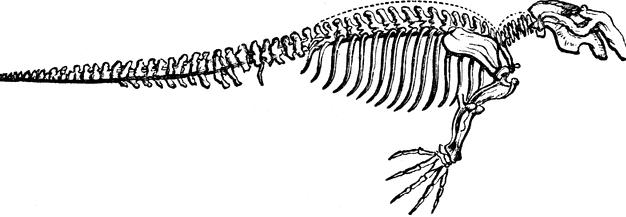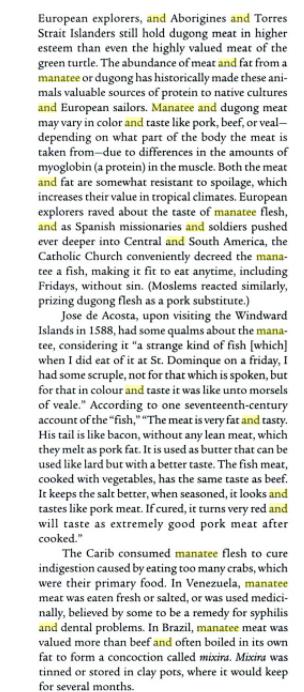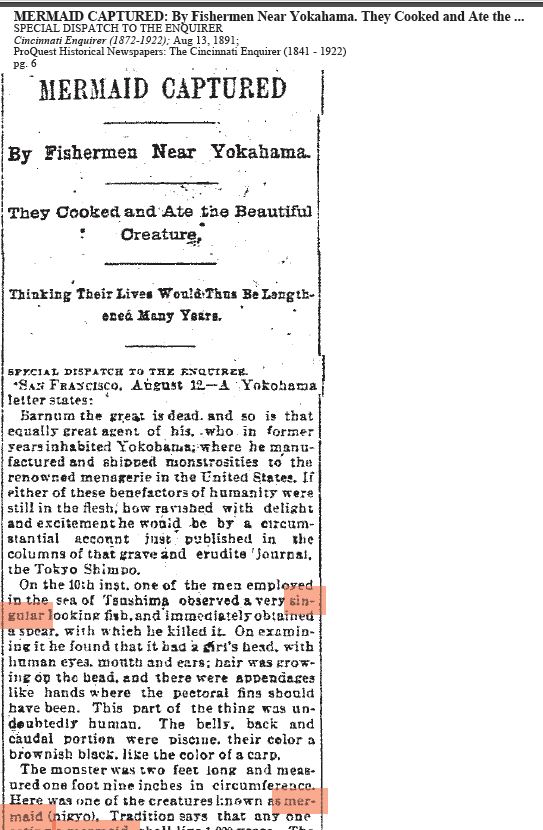Mermaid Monday: Eating Mermaids November 20, 2017
Author: Beach Combing | in : Modern , trackbackThis interesting account appeared in the British press in 1827 (Anon). It describes excitement about mermaid bones, in Portsmouth and an unusual dinner. ‘Mombuss’ is Mombassa, which we have seen before connected to mermaids. Beach seems to hear Lieutenant Emory, two hundred years ago, leaning across the table and saying ‘capital meat, Captain!’
The skeleton of a very curious and rare animal has been landed here this week, from the Diadem transport, which has been viewed by a great number of persons, as the remains of a mermaid, but which appears from Mr Slight’s description, which we subjoin to be a Dugong. It was shot by Lieutenant Emery, near the Island of Mombuss, and died shortly afterwards. When seen, the body of the animal was raised considerably above the surface of the water; and from the near appearance of that part of it to the human form, was then judged to be a Mermaid. It was in company with two others, and they were all wading their way, by means of what the spectators called their arms. Lieut. Emery ate some of the flesh, which he describes as being very savoury. He was unable to preserve the skin, but the bones are entire. It is rather more than five feet long
Here is Mr. Slight’s spoil-sport letter. Note the image below is taken from the internet, not from the newpspaper and is a Dugong skeleton.
To the Printer. Considerable curiosity having been excited by an account of the landing at this port of a skeleton of a real mermaid, I was induced to examine the subject in question. I have no doubt but that it is the bony fabric of an animal called the Dugong, a native of the Indian seas, and regarded by many of the different islands as a royal fish; the peculiar form of the head, more especially the lower jaw, being a characteristic mark; and also the form, situation, and number of the teeth. There are many other peculiarities, more especially the mode by which the ribs are articulated to the breast bone, and the form of the breast bone itself, which are highly interesting to the comparative anatomists, and which serve to identify the animal. The place of anterior extremities are supplied by fins, and although, in the skeleton, the bones are found complete even to the last phalanges of the fingers, in the recent fish, the organs are fleshy and incapable, from their shape size form, of assisting the animal out of the water. It feeds on the sub-marine plants, browsing like a cow. It is seldom caught above eight feet long, though it is said to grow to a very large size. The animal in its full growth, is furnished with two short tusks, projecting from the upper jaw, but in the younger ones these defensive weapons are wanting. There are several specimens of this animal in the magnificent collection of the late Sir Stamford Raffles. I am. Sir, yours, &c. HENRY SLIGHT, Surgeon. Portsmouth, March 3.
Other mermaid accounts: drbeachcombing AT gmail DOT com
Dugong Man sends in this on dugong meat, 30 Nov 2017. This is from Jeff Ripple, Manatees and Dugongs of the World
30 Dec 2017: Chris from Haunted Ohio Books with another Mermaid eating story.





